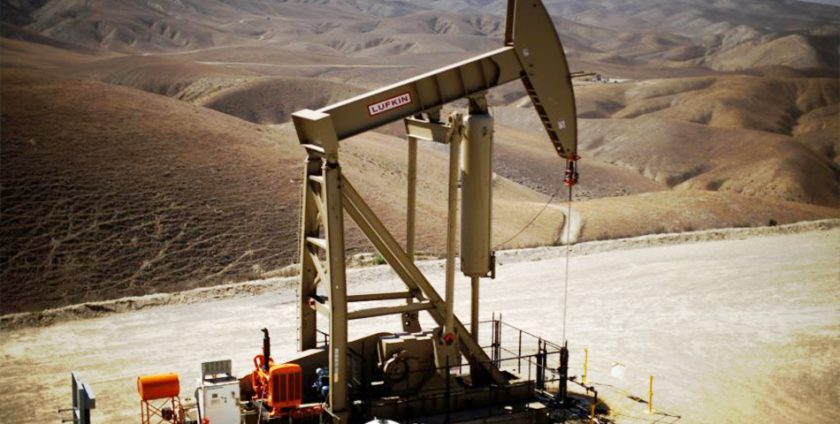
- By: Harsh
- 0 comment
Do you ever hear operators complaining about refinery fuel gas being too lean? Do your process engineers ever tell you that your furnaces are duty limited because the fuel gas valves are saturated?
Every refinery engineer has seen an operator just dump more LPG into the fuel gas system at one point in time or another. Everybody may have gotten comfortable with this lazy habit. If your refinery engages in this type of activity without fully scrutinizing the fuel gas content, one would be wasting millions of dollars each year out of plain stupidity.
Let’s first review some basic chemical properties of molecules – the table below compare heating content of various hydrocarbons.
| Moleclue
|
Higher Heating Value
(BTU/SCF) |
||
| Nitrogen (N2) | 0 | ||
| Hydrogen (H2) | 325 | ||
| Hydrogen Sulfide (H2S) | 635 | ||
| Methane (C1) | 1000 | ||
| Ethane (C2) | 1770 | ||
| Propane (C3) | 2520 | ||
| Butane (C4) | 3265 | ||
| Pentane (C5) | 4010 |
As you’ll intuitively,guess the caloric content of hydrocarbons increase as the size of the molecules increase. Also note that inert molecules, such as nitrogen, have no heating value. True, most 8th grade chemistry students recognize this fact; however, many engineers do not connect the dots when it comes to optimizing the refinery fuel gas system.
So let’s compare heating values to understand why molecular analysis is important. Hydrogen has a volumetric heating value that is one-third that of methane (325 vs. 1000 BTU/SCF). Resultantly, a refinery will need 3-times higher volumetric flow of hydrogen to match an equivalent duty of methane.
With such a disparity in heating value between molecules, you can easily imagine how hydrogen-rich fuel gas streams can hydraulically constrain refinery fuel gas flow before achieving the desired heat transfer rate.
Most refinery fuel gas systems operate with a heating value between 900 – 1100 BTU/SCF. Lower than 900 means that your system is too lean, and greater than 1100 means that your system is too rich. Either end of the spectrum will cost you money, except managers only notice it when you are too lean. With misleading refinery KPIs such as utilization, lean fuel gas will attract attention because unit throughput will be affected. Excessively rich fuel gas may cost your refinery more money, but many managers do not understand the value of LPG recovery.
Fuel Gas is too Lean?
Beyond diluting the fuel gas system, hydrogen can have high value to refineries constrained by hydrogen availability. Common reasons for having excess hydrogen are:
- Un-metered hydrogen streams routed to fuel gas system
- Non-sampled hydrogen streams routed to fuel gas system
- Sub-optimized hydrogen stream routings
- Inadequate catalyst activity monitoring on hydrotreater reactors
- Unclear ownership of the hydrogen system
- Unclear ownership of the fuel gas system
Un-metered and non-analysed hydrogen containing streams pose a challenge because refineries cannot improve what they cannot measure. One cannot determine whether the flow rate is high or low and one surely cannot tell what the hydrogen concentration is. Before deciding what to do with a stream, one must first understand what it is.
Stream routing management is the next step to improving fuel gas quality. After measuring stream composition and flow-rates, one can decide the viability of stream re-routing. One common routing optimization is to cascade hydrogen off-gas flow from a higher pressure unit to a lower pressure unit. This can save a refinery from bleeding hydrogen twice to the fuel gas system if adequate hydrogen partial pressure can be achieved in downstream hydrotreater reactors. Another routing optimization is to send hydrogen rich gas to a H2 recovery system (i.e. PSA) to separate hydrogen from the fuel gas.
Another variable often overlooked is the hydrogen bleed rate from a hydrotreater reactor. New engineers do not know how to optimize reactor catalyst run lengths, and often operate with more bleed rate than necessary. As this likely the case at your refinery, a very low cost way to reduce hydrogen content in fuel gas is to just reduce hydrogen bleed.
Regarding stewardship of refinery-wide systems, unclear ownership is surely a common issue. In the two dozen refineries that I have been to, less than 10% have engineers that have direct responsibility of the hydrogen or fuel gas system. Every refinery employee has more work on their plate than manageable, so how can you expect to improve a system that doesn’t even have an owner?
As for reducing Nitrogen content in the fuel gas system, the same principles apply similar to reducing hydrogen content. With an even lower heating value than hydrogen, excess nitrogen surely has no place in the fuel gas system.
Leave a Reply

